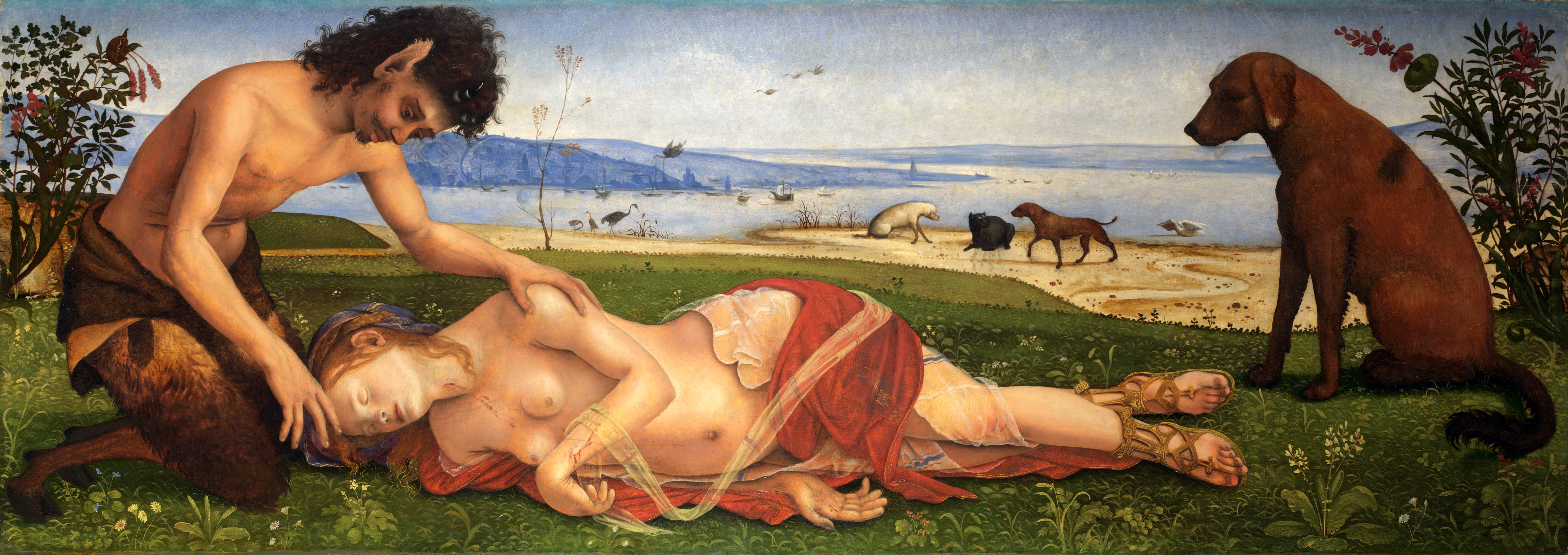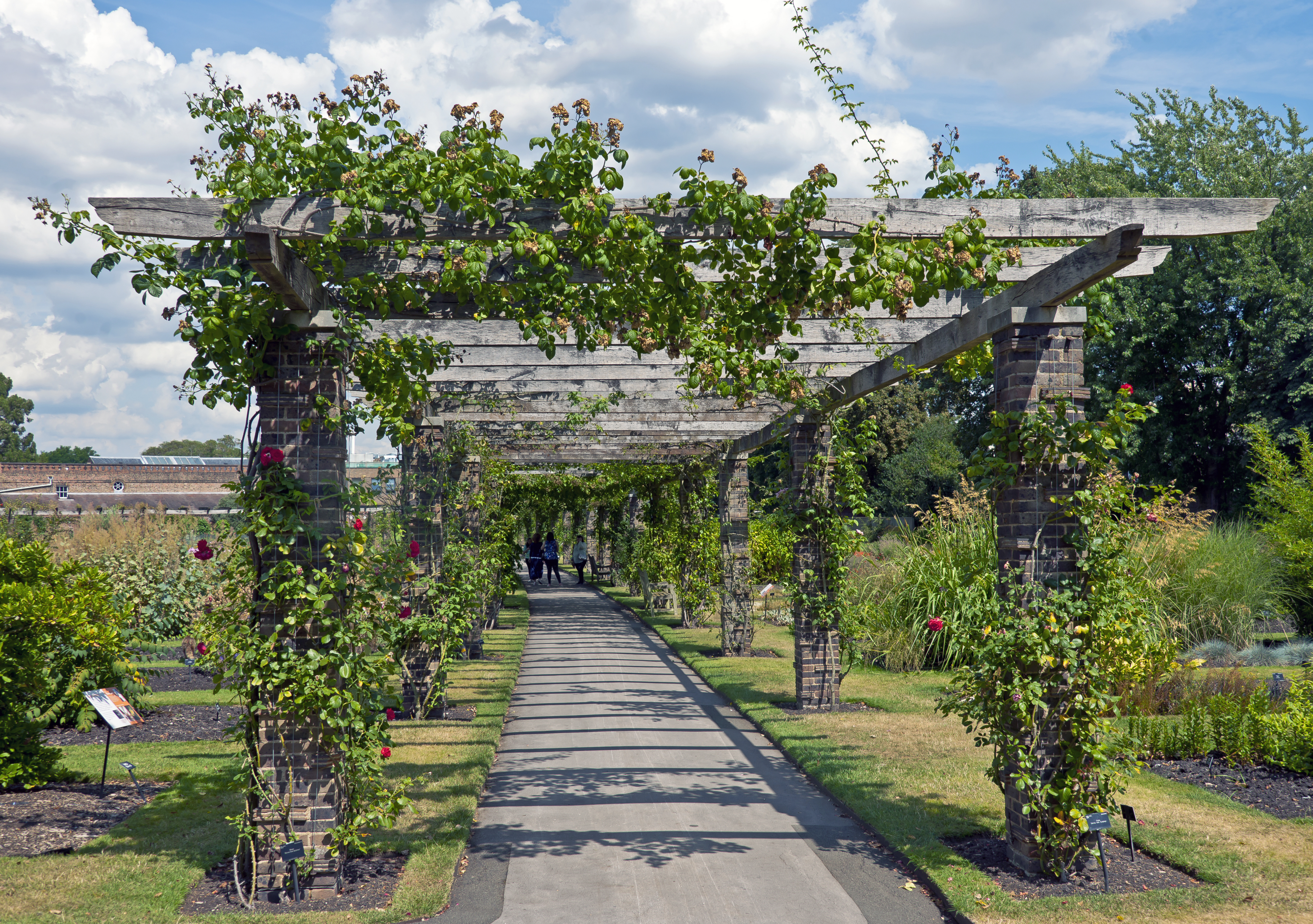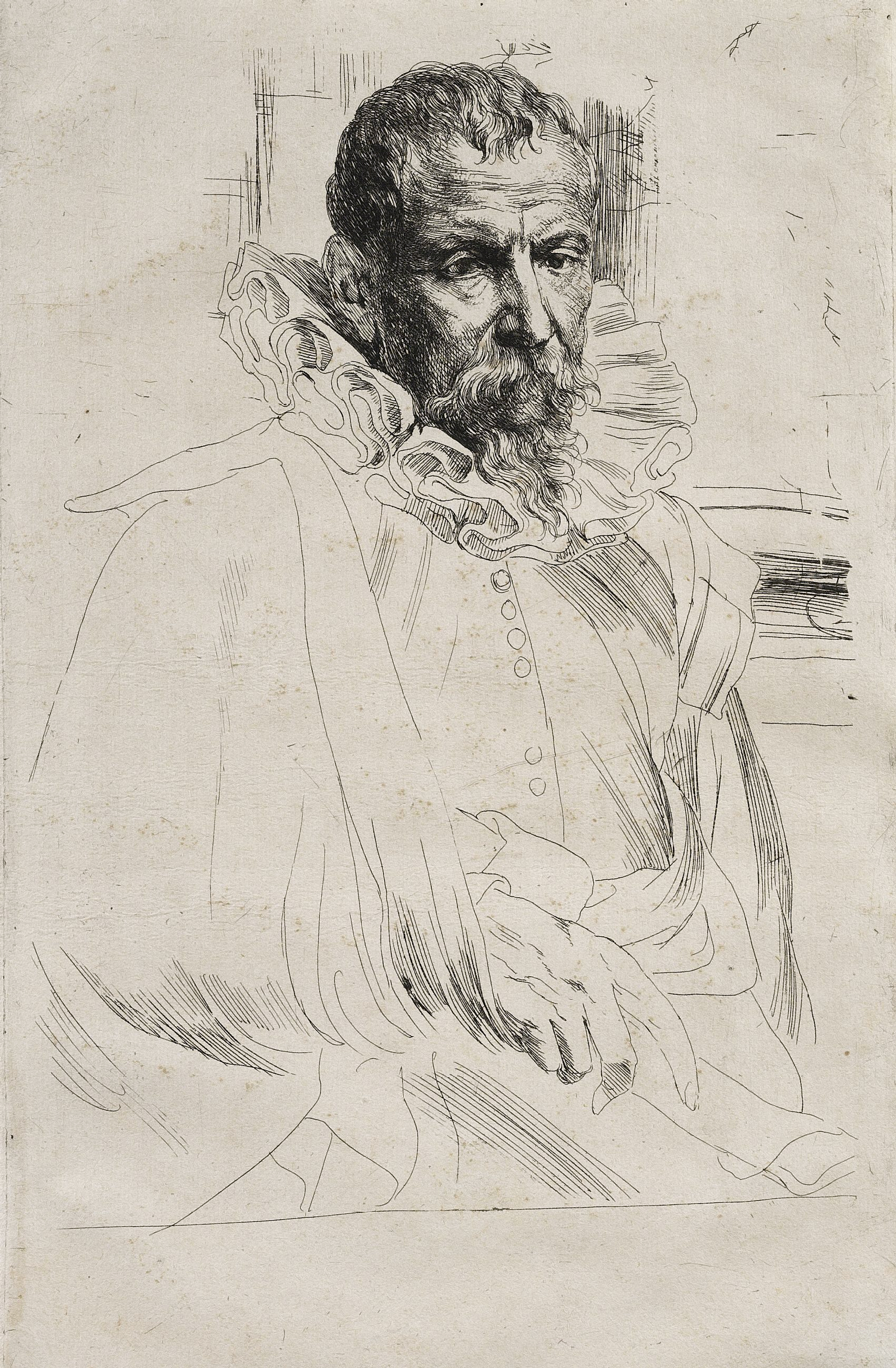|
Casa Martelli
The Palazzo Martelli was a residential palace, and since 2009, a civic museum displaying in situ the remains of the original family's valuable art collection, as well as its frescoed rooms. The palace is located on Via Ferdinando Zannetti 8 near the corner with Via Cerretani in central Florence, region of Tuscany, Italy. History In the place where the palace there were the old houses of the Martelli family, since the 1520s. In 1627, the area of this palace was aggregated after the marriage of Senator Marco Martelli and his cousin. Marco also acquired further buildings. Some frescoes on the main floor date to this era. The Cardinal Francesco Martelli (1633–1717) was a member of this family. In 1738, Giuseppe Maria Martelli, Archbishop of Florence and Niccolo Martelli, bailiff of Florence, unified the palaces under the designs of the architect Bernardino Ciurini. The piano nobile of the palace was decorated by frescoes by Vincenzo Meucci, Ferdinando Melani, Niccolò Connestabile ... [...More Info...] [...Related Items...] OR: [Wikipedia] [Google] [Baidu] |
Piero Di Cosimo
Piero di Cosimo (2 January 1462 – 12 April 1522), also known as Piero di Lorenzo, was an Italian Renaissance painter, who continued to use an essentially Early Renaissance style into the 16th century. He is most famous for the mythological and allegorical subjects he painted in the late Quattrocento; he is said to have abandoned these to return to religious subjects under the influence of Savonarola, the preacher who exercised a huge sway in Florence in the 1490s, and had a similar effect on Botticelli. The High Renaissance style of the new century had little influence on him, and he retained the straightforward realism of his figures, which combines with an often whimsical treatment of his subjects to create the distinctive mood of his works. Vasari has many stories of his eccentricity, and the mythological subjects have an individual and quirky fascination. He trained under Cosimo Rosselli, whose daughter he married, and assisted him in his Sistine Chapel frescos. He ... [...More Info...] [...Related Items...] OR: [Wikipedia] [Google] [Baidu] |
Pergola
A pergola is most commonly used as an outdoor garden feature forming a shaded walkway, passageway, or sitting area of vertical posts or pillars that usually support crossbeams and a sturdy open lattice, often upon which woody vines are trained. The origin of the word is the Late Latin ''pergula'', referring to a projecting eave. It also may be an extension of a building or serve as protection for an open terrace or a link between pavilions. They are different from green tunnels, with a green tunnel being a type of road under a canopy of trees. Depending on the context, the terms "pergola", "bower", and "arbor" are often used interchangeably. An "arbor" is also regarded as being a wooden bench seat with a roof, usually enclosed by lattice panels forming a framework for climbing plants; in evangelical Christianity, brush arbor revivals occur under such structures. A pergola, on the other hand, is a much larger and more open structure. Normally, a pergola does not include ... [...More Info...] [...Related Items...] OR: [Wikipedia] [Google] [Baidu] |
Massimiliano Soldani Benzi
Massimiliano Soldani or Massimiliano Soldani Benzi (15 July 1656 – 23 February 1740) was an Italian baroque sculptor and medallist, mainly active in Florence. Born at Montevarchi, the son of a Tuscan cavalry captain, Soldani was employed by the Medici for his entire career.Klaus Lankheit, ''Florentinische Barockplastik'', 1962. Name He first went under the name ''Soldani'' but, claiming descent from the family of bishop Soldani of Fiesole and from the aristocratic Benzi family of Figline, he applied for and received, in 1693, an official letter acknowledging his nobility based on this ancestry. From this date forward, he called himself, and is referred to in many documents as, ''Soldani Benzi''. Life Soldani began training in the Medici drawing school in Florence. He attracted the attention of Grand Duke Cosimo III de' Medici who sent Soldani to his grand-ducal academy in Rome to study under Ciro Ferri and Ercole Ferrata, and to train in coining. During his years in Rome (1 ... [...More Info...] [...Related Items...] OR: [Wikipedia] [Google] [Baidu] |
Francesco Curradi
Francesco Curradi or Currado (15 November 1570 – 1661) was an Italian painter of the style described as Counter-''Maniera'' or Counter-Mannerism, born and active in Florence. Biography Curradi was the son of a jeweller, Taddeo. He trained under Giovanni Battista Naldini and in 1590 matriculated in the Accademia del Disegno, Florence. His first independent works from 1597 to 1598 were for churches in Volterra, including that in the Colleoni chapel of the local Duomo. He helped paint the frescoes of the ''Fame Exalting Michelangelo'' (c. 1616–1617) for the Casa Buonarroti. In 1622 he painted the ''St Francis Xavier preaching in India'' for the church of San Giovannino degli Scolopi in Florence, and a canvas of ''Narcissus'' and ''Herminia among shepherds'' commissioned by the cardinal Carlo de' Medici for his Casino di San Marco. He also executed seven lunettes in the chapel of Villa del Poggio Imperiale with the ''Story of Mary Magdalen''. Curradi painted the ''Crowning of ... [...More Info...] [...Related Items...] OR: [Wikipedia] [Google] [Baidu] |
Orazio Borgianni
Orazio Borgianni (6 April 1574 – 14 January 1616) was an Italian painter and etcher of the Mannerist and early-Baroque periods. He was the stepbrother of the sculptor and architect Giulio Lasso. Borgianni was born in Rome, where he was documented in February 1604. He was instructed in the art of painting by his brother, Giulio Borgianni, called Scalzo. The patronage by Philip II of Spain induced him to visit Spain, where he signed an inventory in January 1605. He returned to Rome from Spain after April 1605 at the height of his career, and most of the work of his maturity was carried out 1605–16. In Spain, he signed a petition to begin an Italianate academy of painting and executed a series of nine paintings for the Convento de Portacoeli, Valladolid, where they remain. From his time in Spain, there remain two of his paintings in the Prado Museum: ''St Christopher'' and the ''Stigmatization of St Francis and'' also an ''attributed selfportrait'' of youth. Not far from the ... [...More Info...] [...Related Items...] OR: [Wikipedia] [Google] [Baidu] |
Pieter Brueghel The Younger
Pieter Brueghel (also Bruegel or Breughel) the Younger ( , ; ; between 23 May and 10 October 1564 – between March and May 1638) was a Flemish painting, Flemish painter known for numerous copies after his father Pieter Bruegel the Elder's work, as well as original compositions and Bruegelian pastiches. The large output of his studio (some 1,400 pictures exist with plausible links to Brueghel and his shop), which produced for the local and export market, contributed to the international spread of his father's imagery. Traditionally Pieter Brueghel the Younger has been nicknamed "de helse Brueghel" or "Hellish Brueghel" because it was believed he was the author of several paintings with fantastic depictions of fire and grotesque imagery. These paintings have now been attributed to his brother Jan Brueghel the Elder.Alexander Wied and Hans J. Van Miegroet. "Jan Breughel I." Grove Art Online. Oxford Art Online. Oxford University Press. Web. 11 July 2014.Larry Silver, ''Peasant ... [...More Info...] [...Related Items...] OR: [Wikipedia] [Google] [Baidu] |
Michael Sweerts
Michiel Sweerts or Michael Sweerts (29 September 1618 – 1 June 1664) was a Flemish painter and printmaker of the Baroque period, who is known for his allegorical and genre paintings, portraits and tronies. The artist led an itinerant life and worked in Rome, Brussels, Amsterdam, Persia and India (Goa). While in Rome Sweerts became linked to the group of Dutch and Flemish painters of low-life scenes known as the ''Bamboccianti''. Sweerts' contributions to the Bamboccianti genre display generally greater stylistic mastery and social-philosophical sensitivity than the other artists working in this manner. While he was successful during his lifetime, Sweerts and his work fell into obscurity until he was rediscovered in the 20th century as one of the most intriguing and enigmatic artists of his time. [...More Info...] [...Related Items...] OR: [Wikipedia] [Google] [Baidu] |
Giusto Sustermans
Justus Sustermans, Joost Sustermans or Suttermans, his given name Italianised to Giusto (28September 159723April 1681), was a Flemish painter and draughtsman who is mainly known for his portraits. He also painted history and genre paintings, still lifes and animals.Justus Sustermans at the Sustermans is chiefly noted for his portraits of members of the as he was its |
Domenico Beccafumi
Domenico di Pace Beccafumi (1486May 18, 1551) was an Italian Renaissance-Mannerist painter active predominantly in Siena. He is considered one of the last undiluted representatives of the Sienese school of painting. Biography Domenico was born in Montaperti, near Siena, the son of Giacomo di Pace, a peasant who worked on the estate of Lorenzo Beccafumi. Seeing his talent for drawing, Lorenzo adopted him, and commended him to learn painting from Mechero, a lesser Sienese artist. In 1509 he travelled to Rome, where he learned from the artists who had just done their first work in the Vatican, but soon returned to Siena. However, while the Roman forays of two Sienese artists of roughly his generation (Il Sodoma and Peruzzi) had imbued them with elements of the Umbrian-Florentine Classical style, Beccafumi's style remains, in striking ways, provincial. In Siena, he painted religious pieces for churches and mythological decorations for private patrons, only mildly influenced by the g ... [...More Info...] [...Related Items...] OR: [Wikipedia] [Google] [Baidu] |
Luca Giordano
Luca Giordano (18 October 1634 – 3 January 1705) was an Italian late-Baroque painter and printmaker in etching. Fluent and decorative, he worked successfully in Naples, Rome, Florence, and Venice, before spending a decade in Spain. Early life and training Born in Naples, Giordano was the son of the painter Antonio Giordano. In around 1650 he was apprenticed to Giuseppe Ribera, Ribera on the recommendation of the List of viceroys of Naples, viceroy of Naples and his early work was heavily influenced by his teacher. Like Ribera, he painted many half-length figures of philosophers, either imaginary portraits of specific figures, or generic types. He acquired the nickname ''Luca fa presto'', which translates into "Luca paints quickly." His speed, in design as well as handiwork, and his versatility, which enabled him to imitate other painters deceptively, earned for him two other epithets, "The Thunderbolt" (''Fulmine'') and "The Proteus" of painting. Following a period ... [...More Info...] [...Related Items...] OR: [Wikipedia] [Google] [Baidu] |






